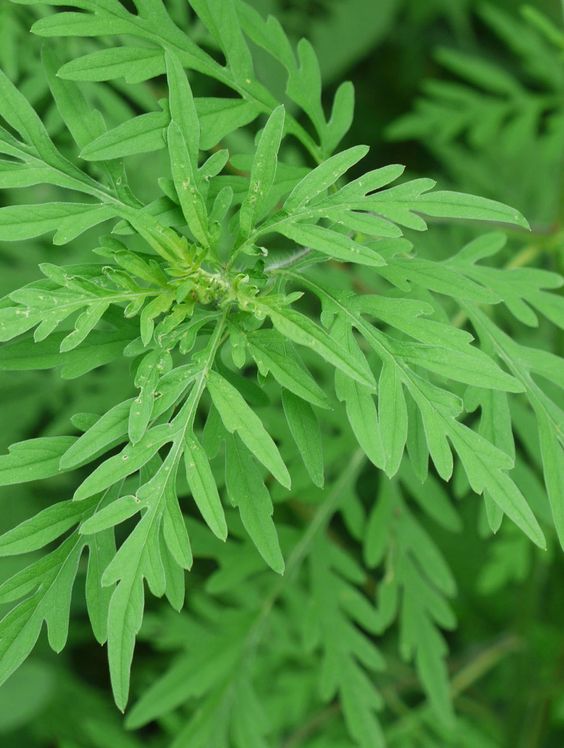Common ragweed, also known as Ambrosia artemisiifolia, is infamous for triggering seasonal allergies. But beyond its reputation as an allergen, ragweed has a fascinating side that may surprise you.
Ragweed is rich in sesquiterpene lactones, flavonoids, and essential oils, each offering benefits like anti-inflammatory, antioxidant, and immune-modulating effects.
Traditionally, this unassuming plant has been used in herbal medicine for its potential health benefits, which stem from its unique nutritional and bioactive compounds.
1. Anti-Inflammatory Effects
Ragweed’s sesquiterpene lactones are known for their anti-inflammatory properties, which may help reduce inflammation in the body.
When applied topically, ragweed poultices have been traditionally used to relieve localized skin inflammation, rashes, and minor wounds.

2. Antioxidant Properties
Ragweed contains flavonoids, potent antioxidants that protect the body’s cells from oxidative stress. Oxidative stress can lead to cellular damage, aging, and chronic diseases.
By neutralizing free radicals, the antioxidants in ragweed may help reduce these risks and support overall cellular health.
3. Immune System Support
Though it might seem counterintuitive, ragweed has immune-modulating properties, which may help the body respond to infections or environmental stressors.
Compounds in ragweed, particularly certain flavonoids and essential oils, are thought to influence immune responses, potentially making the immune system more resilient.

4. Skin Health and Soothing Properties
For centuries, ragweed has been applied topically to soothe skin irritation. Its anti-inflammatory compounds may help calm red, irritated skin and provide relief for insect bites or rashes.
Some people create poultices or infusions with ragweed to apply to affected areas, as the plant’s natural compounds can reduce discomfort.

5. Digestive Support
In traditional practices, ragweed has been used as a mild digestive aid to alleviate bloating, gas, and stomach cramps.
Certain bitter compounds in ragweed are thought to stimulate digestion, which may be helpful for those experiencing mild digestive discomfort.

How to Use Common Ragweed for Health Benefits
If you’re curious about trying ragweed for its potential benefits, there are a few ways to approach it safely:
- Ragweed Tea: You can start with a very small amount (about 1 teaspoon of dried ragweed) steeped in hot water for 5–10 minutes.
- Topical Application: To use ragweed for skin irritations, you create a poultice by crushing fresh ragweed leaves and applying them to the affected area for temporary relief.
- Tincture Form: Some herbal stores offer ragweed tinctures. If using a tincture, start with a very low dose (typically 5–10 drops) diluted in water.
Disclaimer
Common ragweed is a known allergen and can cause serious allergic reactions in sensitive individuals. Do not use ragweed medicinally if you are allergic to it or have a history of seasonal allergies, especially to plants in the Asteraceae family.
Always consult with a qualified healthcare provider or herbalist before using ragweed, especially if you have pre-existing health conditions or are taking other medications.
